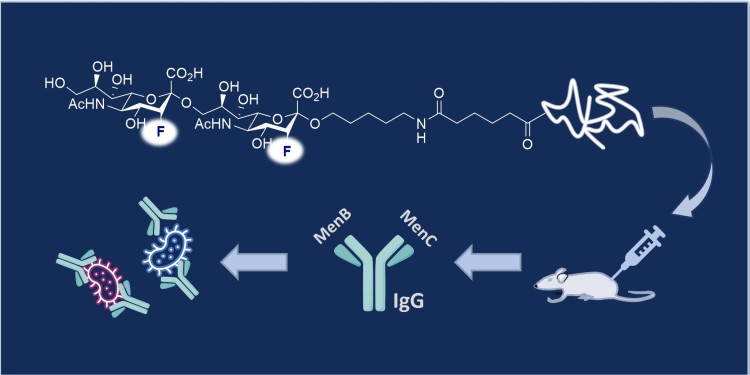

Events
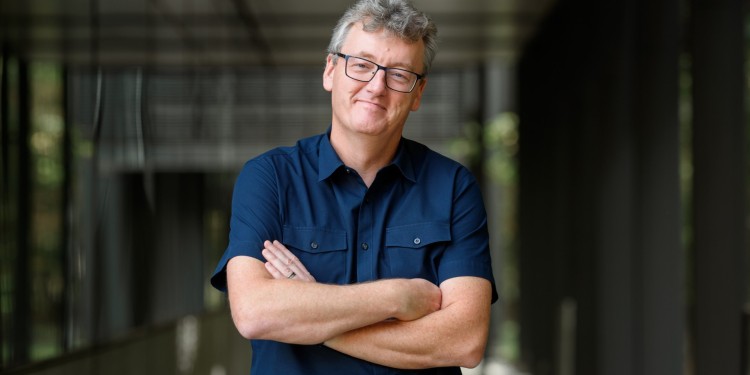
Nobel Prize laureate David MacMillan receives honorary doctorate
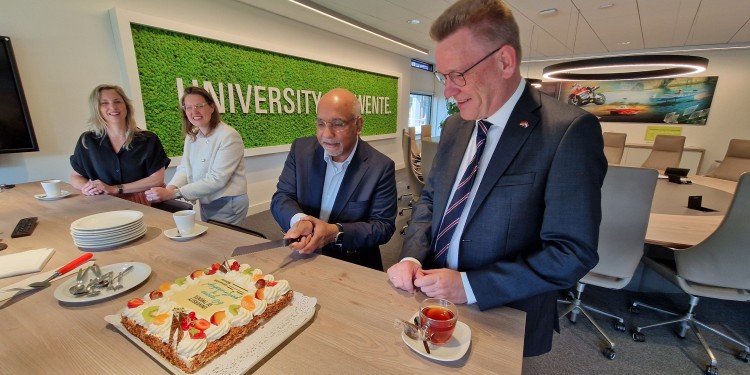
Münster and Twente celebrate 60 years of strategic partnership

New method for introducing fluorinated components into molecules
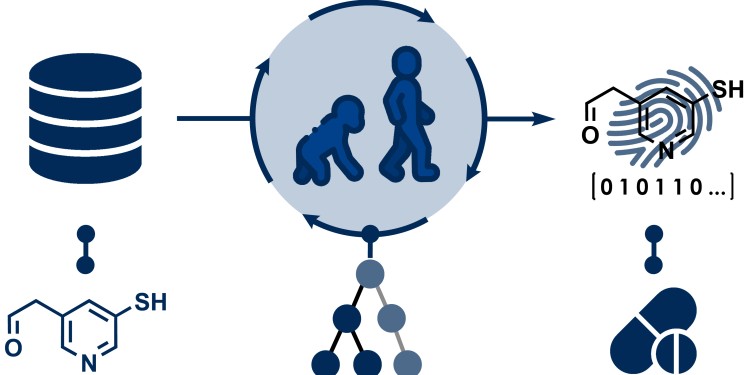
Evolutionary algorithm generates tailored “molecular fingerprints”

Christian Grimme explains the principle of evolutionary algorithms
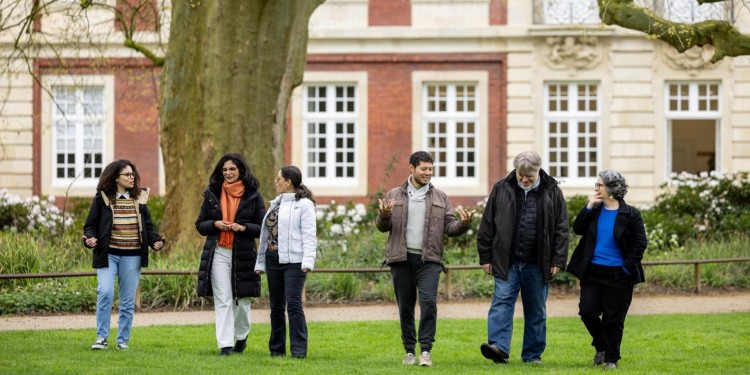
Building up long-term networks

Surrounded by top-level reseachers
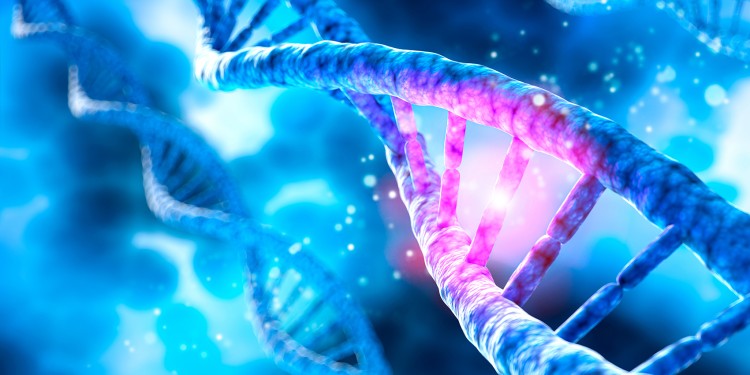
Chemist sheds light on his latest research on the occasion of DNA Day
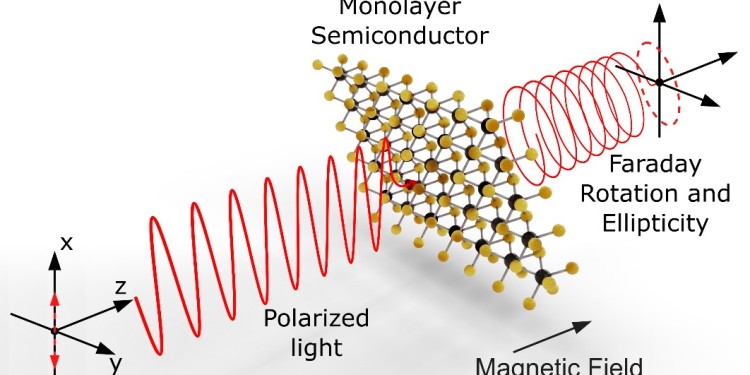
Study shows: 2D materials rotate light polarisation
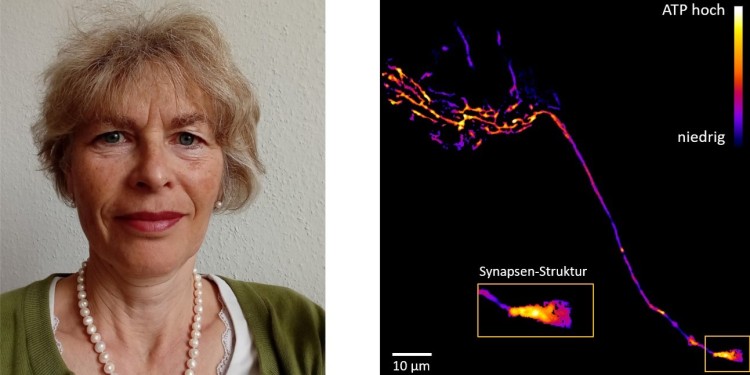
“Research Grant” for cell biologist Karin Busch
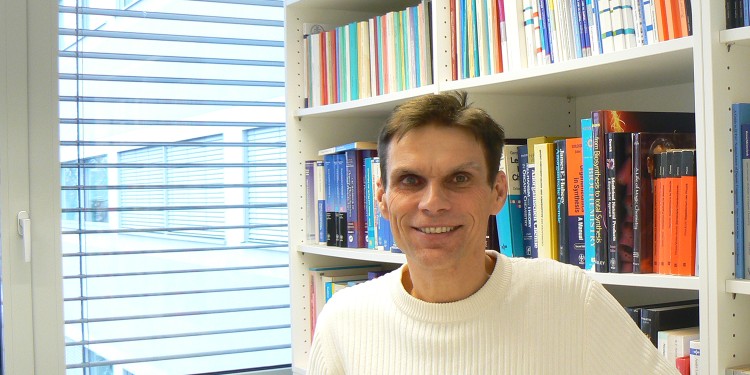
European Research Council awards Armido Studer an Advanced Grant
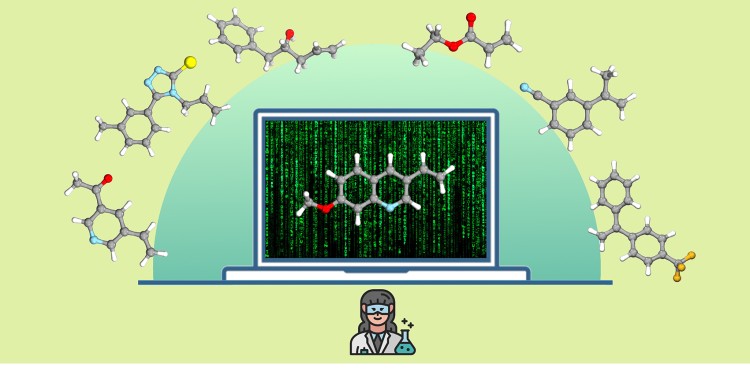
New strategy for assessing the applicability of reactions
Your search did not match any of our news releases.
Suggestions:
- Make sure that all words are spelled correctly.
- Try different keywords.
- Try more general filters.
- Expand the period of time.

